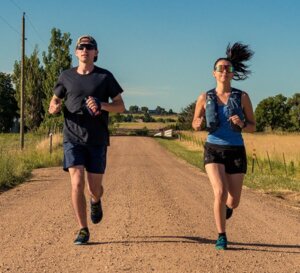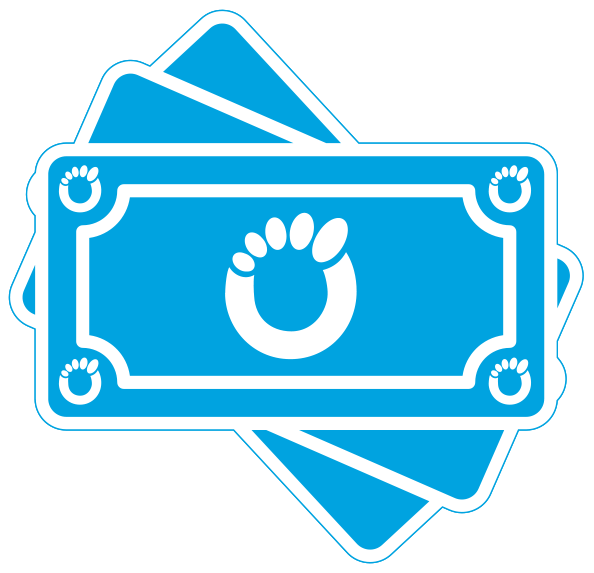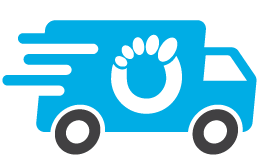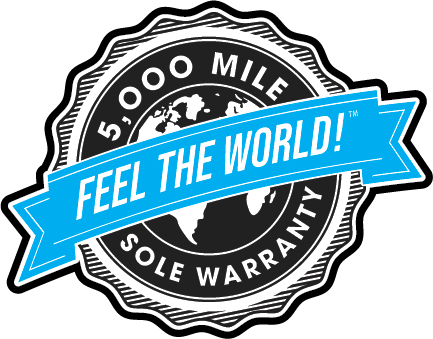DO NOT “TRANSITION SLOWLY” TO BAREFOOT RUNNING
The more time you spend researching barefoot running and minimalist running — the more articles, interviews with doctors or runners, news stories, and research you dive into — the more you’ll hear one particular warning.
Transition to barefoot running SLOWLY. If you make the transition too quickly, you’ll get hurt.
Actually, if the piece supports running barefoot, you’ll hear this as a recommendation. If the piece is “anti-barefoot,” then it’ll be a warning.
Why You Shouldn’t “Transition Slowly” to Barefoot Running
Admittedly, even on this site I say something that could sound similar about how to start running barefoot.
But to focus on how quickly or slowly you make the transition is to miss the point.
Running barefoot safely and enjoyably isn’t about whether it takes you a day, a week, or a year to do so. It’s about HOW you make the transition, not HOW LONG it takes to make it.
Transitioning safely to barefoot running (or running in minimalist footwear) is about form, not about seconds on the clock.
7 Tips to Help You Smoothly Transition to Barefoot Running
Follow these rules for a safe and smooth transition to barefoot running:
- Go barefoot or wear a truly minimalist shoe
- Run on hard and smooth surfaces
- Your foot should land under your body
- Use less energy and effort
- Have your feet touch the ground as little as possible
- Pick up your cadence
- Have fun
Let’s dive into each of these tips.
1. Go Straight to Barefoot (or Wear a TRULY Minimalist Shoe)
It may seem logical that if you’ve been wearing a shoe with a lot of cushioning or a highly elevated heel, you would want to just slowly transition by starting with a shoe that has less cushioning and a lower heel… and then less and lower until you’re ready for running barefoot or in a barefoot-style shoe.
In reality, transitioning to minimalist shoes by going slowly to thinner shoes is not the best way to learn to run barefoot or to run with proper, natural form. Dr. Irene Davis showed how “transition shoes” (which she called “partial minimalist”) can be worse for you than any other shoe, or being barefoot.
Instead, you want to go straight to being actually barefoot, since that’ll give you the most feedback, and feedback is what helps you develop natural running form.
If that seems too crazy, you can wear a truly minimalist, or “barefoot” shoe with a flat, flexible sole, no unnecessary cushioning, and a wider, foot-shaped toe box.
Either way, the idea is to go as close to barefoot as you can and simply start SMALL and SLOW. More about that in a moment.
2. Run on Hard and Smooth Surfaces
It also seems logical that you’d want to run on a cushioned surface, like grass.
But, successful barefooters recommend running on a HARD, smooth surface… the reason is that you get more feedback from running on a nice road or bike path than you do from running on the grass. Plus, grass tends to be uneven, which could lead to tripping or ankle sprains, and there could be things hiding in the grass that you don’t want to step on… or in.
If you want to see a barefoot runner get misty-eyed, show them a freshly painted white line on the side of the road. It’s soft, it’s smooth, it’s cool, it’s delightful 🙂
3. Your Foot Should Land Under Your Body
When your foot touches the ground, it should be almost directly under your body. Don’t “overstride.” That is, don’t reach out in front of you with your foot in order to land.
Many people who’ve been running in padded, motion-controlled shoes already overstride, reaching out with their heels and landing with an almost straight leg.
Some people have heard that when running barefoot, you’re supposed to land on your forefoot and will still overstride, but point their toes in order to land on their forefoot.
Do not do this!
Landing on your forefoot, with your foot out in front of your body puts extra stress on the forefoot and could lead to problems or injury.
4. Use Less Energy & Effort
Many people think that when you start running barefoot, calf pain and Achilles pain are almost required. Trust me, 99 times out of 100 calf or Achilles pain comes from using too much effort. And, trust me again, you’re probably not the 1 out of 100 for whom it’s not.
As you transition to barefoot running, focus on relaxing, using less energy and effort.
For example, rather than pushing yourself off the ground with your foot/toes, try to lift your foot off the ground by flexing at the hip. Pushing off the ground uses WAY more calf muscle effort than is necessary.
Similarly, if you think you have to stay on your toes and never let your heel touch the ground, which isn’t true, you’ll put more strain on your Achilles tendon than you need. You can let your heal naturally come to the ground instead.
5. Touch the Ground as Little as Possible
When barefoot running, or running in truly minimalist shoes, try to focus on touching the ground as little as you can. Rather than “landing” on your feet, think of your feet as something that only touch the ground for as little time as necessary.
One way to think about this is that when your feet touch the ground, have them moving at the speed you’re traveling across the ground.
Another image that could help here: Your feet should contact the ground more like a wheel that just rolls over it, rather than like a stick that gets planted and pulled out.
Another idea: Imagine lifting your foot off the ground before it even touches it. This could help you get your foot off the ground faster.
Many other instructions you may find about how to run barefoot are just cues to help you get the correct foot placement and use less effort.
6. Pick Up Your Cadence
Cadence is the number of steps you take per minute.
Picking up your cadence means taking slightly more steps per minute without running faster.
There’s a commonly held idea that when you run barefoot your cadence should be 180 steps per minute. 180 is not a magic number.
Increasing your cadence (just a bit) makes it easier to place your feet under your body, at the correct speed, and with less effort. You can’t “plant” your feet, when they have no time to spend on the ground.
You will want to experiment with different cadences that are slightly faster than what you’re used to. Knowing that anything different from what you’ve been doing will initially feel unusual.
And, yes, running with a metronome can help.
7. Have Fun!
You can spot a barefoot runner from 50 yards away. They look like they’re having a good time. They’re often smiling.
So, perhaps the best instruction to help you transition to barefoot or minimalist running is to use fun as your guide. Listen to your body and HAVE FUN… And if you’re not having fun, do something until you are.
Besides, if you’re just grinding out the miles it’s almost guaranteed that you’ll fall into bad form and increase your chances of injury.
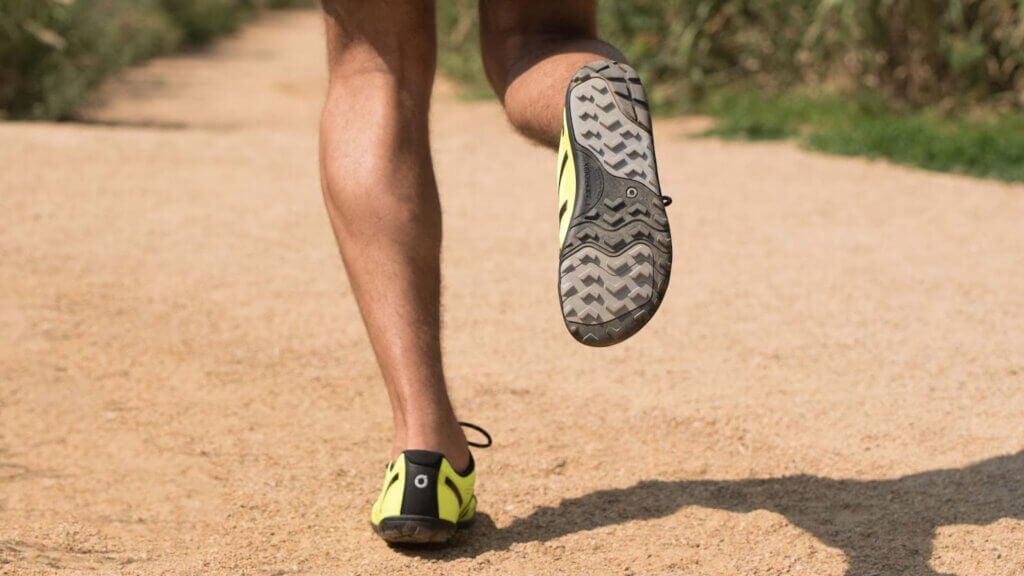
How Long Does the Transition Take?
The length of time it takes to learn to run in barefoot-style shoes or completely barefoot is different for everybody.
For some, it takes no time at all because they already run in the way I described. For others, it takes longer, since they are learning a new skill and a new way to move — and different people learn at different rates.
For a rough timeline, it should take anywhere from 1-4 months to fully transition to barefoot running.
Effective and enjoyable barefoot running is an ongoing process. You will continue to improve the longer you do it. Taking the time to transition to barefoot running will be worth it in the long run.
Focusing on the amount of time it takes you to make the change is putting your attention on the wrong thing. If you believe that it’s just about putting in the hours until you’re suddenly a successful barefoot runner, you may never make the form adjustments that will give you what you want.
On the other hand, if you pay attention to the correct things, the important things – to your form, to relaxing more, to having fun – that could dramatically speed up your transition time. Pay attention to your sensations — if it hurts, take a look at the tips above and try something different until it doesn’t hurt. No pain, GAIN.
Turn off the clock and turn on your awareness; you’ll have fun running barefoot (or wearing barefoot shoes) in no time.
The content of this post does not constitute and is not intended to be a substitute for professional medical advice, diagnosis or treatment. Always seek the advice of a physician or other qualified health provider with any questions or concerns you may have about your health or a medical condition.

